CDL Training Program — Get Licensed in Just 4 Weeks
Patriot CDL offers a complete, FMCSA-approved training program that takes you from no experience to a fully licensed CDL driver in just 4 weeks.
Program Overview
Our CDL training program combines classroom learning with hands-on driving experience, ensuring you’re prepared for both the written and road tests. From theory to behind-the-wheel practice, every step is guided by experienced instructors using up-to-date, well-maintained equipment.
Patriot CDL Class A
Entry Level Driver Training - ELDT
WEEK 1
Getting Started: Introduction to the foundational principles and objectives of the course, setting the stage for detailed learning.
Orientation: An overview of the commercial driving landscape, familiarizing students with key terminologies, regulations, and basic vehicle anatomy.
Control Systems: Dive into the integral components of the vehicle’s control systems, ensuring students grasp the functionality and operation of each.
Vehicle Inspections: Detailed instruction on how to thoroughly inspect commercial vehicles, ensuring safety, legality, and optimal functionality.
Basic Control: Familiarization with the core controls of a commercial vehicle, ensuring that students can safely maneuver in various situations.
Operating Transmissions: Explaining the intricacies of commercial vehicle transmissions, teaching students how to shift gears efficiently and safely.
Backing & Docking: Mastery of reversing and parking maneuvers, emphasizing safety, precision, and explaining of the vehicle’s dimensions.
Coupling: In-depth tutorial on safely connecting a tractor to a trailer, ensuring secure attachment.
Uncoupling: Comprehensive guide on detaching a tractor from its trailer safely and effectively.
Visual Search: Emphasis on the techniques and importance of maintaining a comprehensive visual scan of the road environment, ensuring proactive hazard recognition and avoidance.
Communication: Training on effective communication techniques on the road, including the use of signals, lights, and other tools to convey intentions to other road users.
Distracted Driving: A deep dive into the dangers of inattention while driving, with strategies to minimize distractions and maintain focus on the road.
Speed Management: Instructing students on maintaining appropriate speeds based on road conditions, traffic, and vehicle load to ensure safety and compliance.
Space Management: Lessons on maintaining safe following distances, explaining stopping distances, and managing space around the vehicle in various driving scenarios
Night Operation: Specialized training for driving during nighttime, focusing on visibility, fatigue management, and explaining the unique challenges posed by reduced light
Extreme Driving Conditions: Preparing students to navigate safely in adverse conditions like rain, snow, ice, high winds, and other challenging environments.
Hazard Perception: A comprehensive study on recognizing potential road hazards in real-time, teaching students to anticipate and react appropriately to sudden or unexpected situations.
Skid Control: Specialized training focusing on the causes of skidding, preventive measures, and techniques to regain control of a vehicle during a skid.
Railroad Crossings: Dedicated lessons on the correct and safe procedures for approaching and crossing railroad tracks, emphasizing the unique dangers posed by train intersections.
Identification & Diagnosis of Malfunctions: An in-depth exploration into detecting irregularities within vehicle systems, coupled with troubleshooting strategies to diagnose the underlying issues.
Roadside Inspections: Detailed guidance on the process and importance of roadside inspections, emphasizing the critical checks and compliance with regulatory standards
Maintenance: Comprehensive instruction on routine vehicle upkeep, emphasizing preventive measures, schedules, and the importance of maintaining a vehicle in top operational condition.
Medical Requirements: An overview of the essential health prerequisites and medical standards for commercial drivers, ensuring the safety of both the driver and the public.
Handling & Documenting Cargo: Guidelines on the correct procedures for loading, securing, and documenting cargo, emphasizing safety and compliance.
Environmental Compliance Issues: A study of the environmental concerns related to trucking, including emissions standards and environmentally friendly practices.
Hours of Service Requirements: Detailed explanation of the regulatory limits on driving hours to ensure rested and alert drivers
Fatigue & Wellness Awareness: Emphasis on recognizing the signs of fatigue, explaining its dangers, and adopting healthy lifestyle habits for long-term wellness on the road.
Post-Crash Procedures: Steps and procedures to be followed post-accident, including documentation, communication, and legal considerations
External Communications: Best practices for communicating with external entities, such as law enforcement, dispatchers, and the general public
Whistleblower: Introduction to the rights and protections afforded to individuals reporting safety violations or concerns
Trip Planning: Techniques and considerations for efficient and safe route planning, taking into account various factors like weather, traffic, and rest stops
Drug & Alcohol: Comprehensive education on the dangers of substance abuse in the trucking industry, regulations, and testing protocols.
Final Entry Level Driver Theory Exam
Hands On Training - Range and Road
WEEK 2
Learn: Students will spend the first 40 learning pre-trip inspections and basic backing and docking skills
- Vehicle Inspection PreTrip/Enroute/Post-Trip
- Straight Line Backing
- Alley Dock Backing (45/90 Degree)
- Off-Set Backing
- Parallel Parking Blind Side
- Parallel Parking Sight Side
- Coupling and Uncoupling
WEEK 3
Review:
Students will continue to perform pre-trip inspections and basic maneuvers in conjunction with learning how to navigate and perform over the public road in the tractor trailer.
- Vehicle Inspection PreTrip/Enroute/Post-Trip
- Straight Line Backing
- Alley Dock Backing (45/90 Degree)
- Off-Set Backing
- Parallel Parking Blind Side
- Coupling and Uncoupling
Learn:
- Vehicle Controls
- Shifting/Transmission
- Communications/Signaling
- Visual Search
- Speed and Space Management
- Safe Driver Behavior
WEEK 4
Review: Students will continue to perform pre-trip inspections, basic maneuvers and driving over the public road in the tractor trailer.
- Vehicle Inspection PreTrip/Enroute/Post-Trip
Straight Line Backing
- Alley Dock Backing (45/90 Degree)
- Off-Set Backing
- Parallel Parking Blind Side
- Coupling and Uncoupling
- Vehicle Controls
- Shifting/Transmission
- Communications/Signaling
- Visual Search
- Speed and Space
Management
- Safe Driver Behavior
Learn: The following items must be discussed during the training session.
- Hours of Service (HOS)
Requirements
- Hazard Perception
- Railroad (RR)-Highway
Grade Crossing
- Night Operation
- Extreme Driving Conditions
- Skid Control/Recovery,
Jackknifing, and Other
Emergencies
Final: Test Preparation
